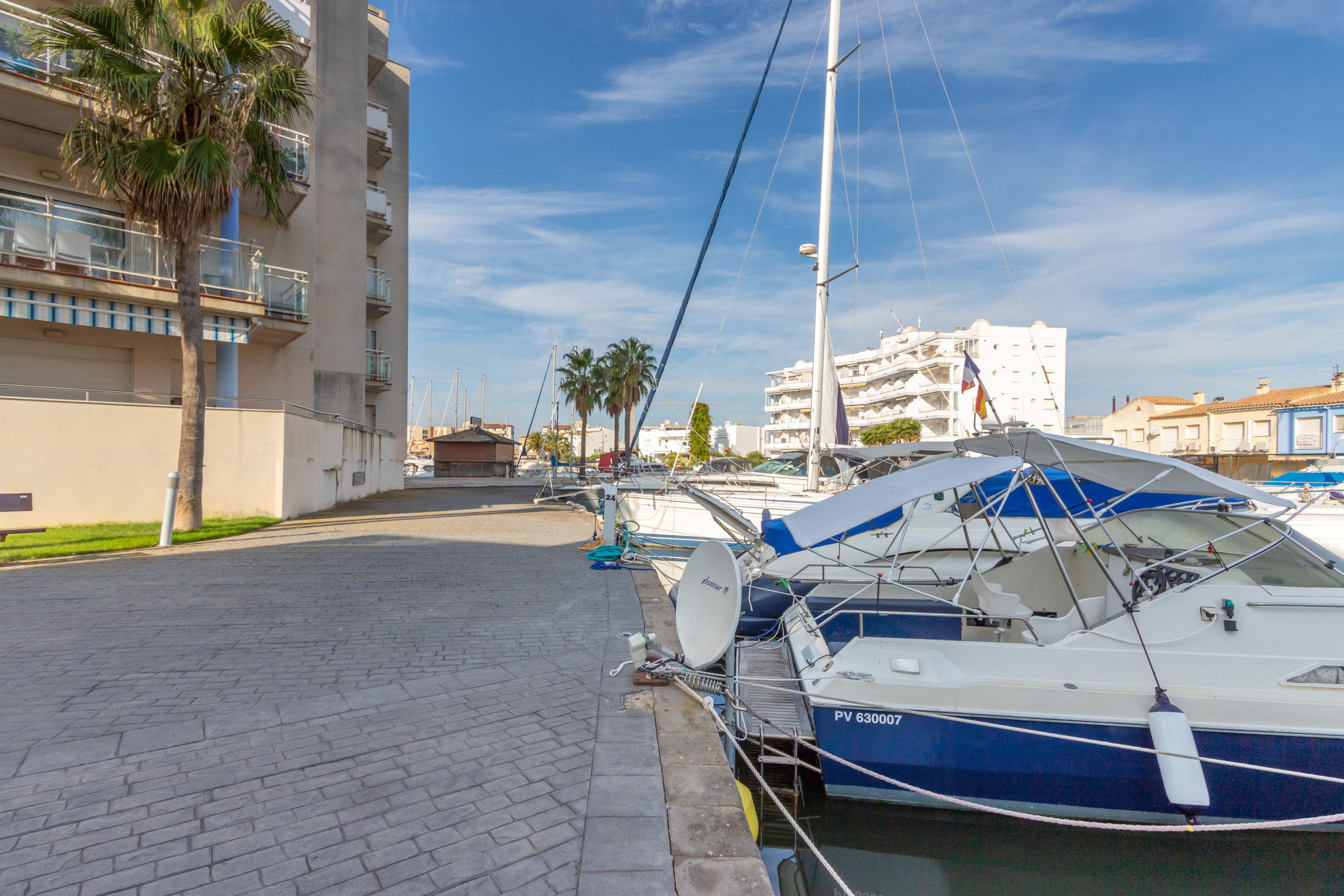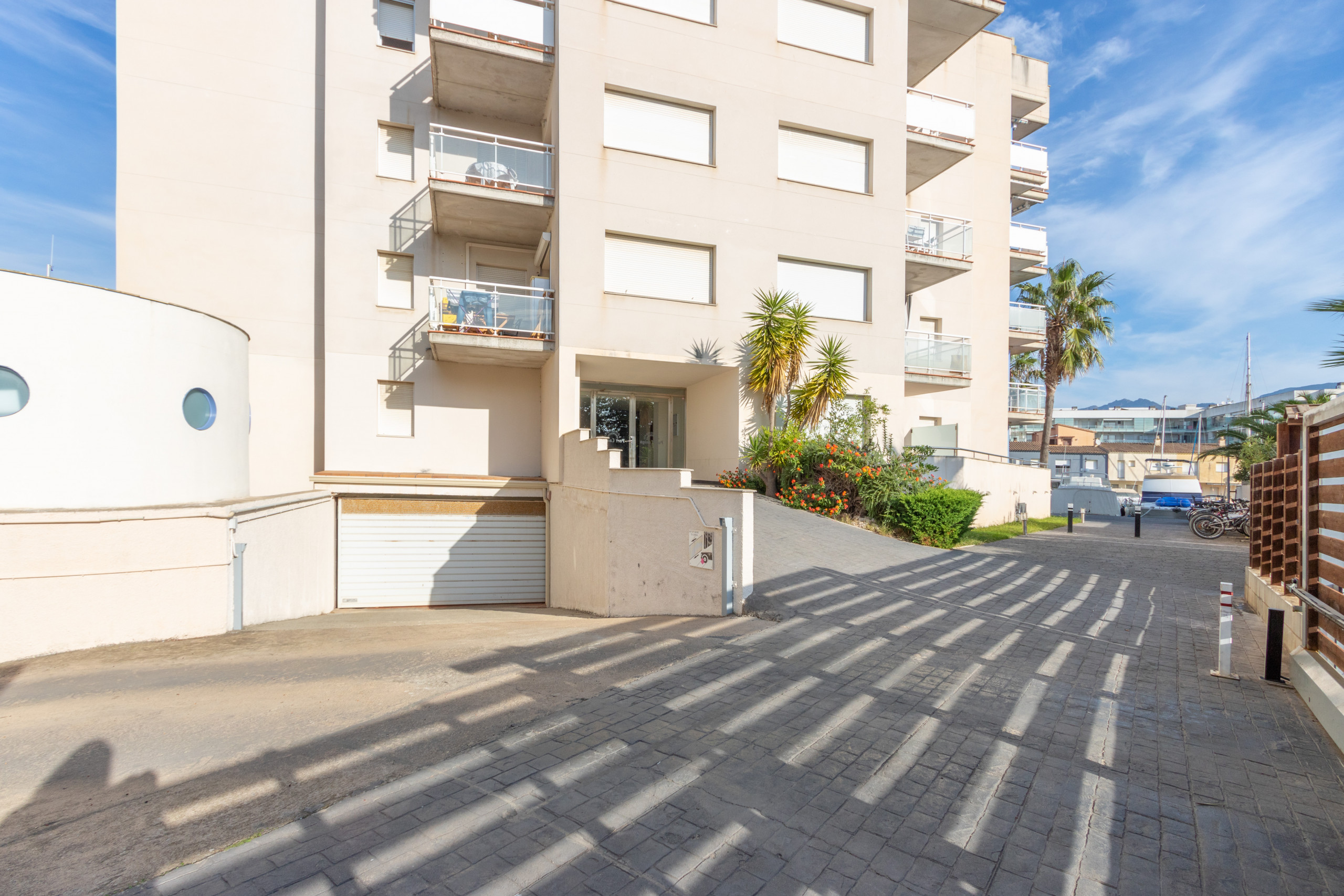

Overcrowding of plants will result in less airflow around each plant and increase disease problems. Banksias and Cherokee should be spaced at 15 foot intervals. Hybrids may require 3-5 foot spacing while climbers need 8-10 feet. Do not cover the crown (the grafted area) with soil.Įach rose will have a label that explains the proper spacing. The level of the plant should be planted at the same level as the rose was growing in the container. This will eliminate any air pockets and settle the soil. Firm the soil around each plant and water thoroughly. Add a gallon or two of well-rotted manure and a half cup of bone meal to the soil mix. Mix one-third peat, pine bark or compost to the soil from the hole. Dig a hole large enough to accommodate the natural spread of the roots, usually 12 inches deep and 18 inches wide. If you are planting only a few roses, dig individual holes. Prune the tops back an inch or two to just above a live and healthy bud on each cane.

Prune any damaged canes and roots, whether roses are bare-root or container. Sprouting severely weaken the plant and may result in poor performance or death. If plants are stored in warm temperatures, sprouting occurs almost immediately. Homeowners will have a more vigorous and superior rose by choosing #1 or #1½ grade. Roses are graded to standardized criteria. A two or three gallon size is better and will have a healthier root system. One gallon containers are usually too small for a normal sized, two-year old plant. Container grown roses typically would experience less planting shock than a bare-root plant. The bare-root plant should be kept moist during the “heeling in” process.Ĭontainer grown roses can be planted at anytime, except during the hot summer months. If there is a delay of more than a few days, the shipping bag should be removed and the rose “heeled in” by covering the roots and part of the tops with loose soil or peat moss. These are the famous roses you might have heard about that have been growing in cemeteries and old home stands, totally uncared for, yet thriving for years.īare-root plants should be planted as soon as time allows after purchase. Many of the “Old Roses” (also called Antique or “found” roses) are also more available. Many of the newer varieties of roses available are more insect and disease resistant. Gardeners can choose between bare-root plants or container plants. You’ll find the best selection of roses in nurseries and garden centers during January and February. Some lend themselves to vines, masses, or a single specimen in the landscape. Some roses bloom almost year round while others produce massive blooms for several weeks. Bloom, color, and fragrance are the major appeals of the popular flower. The genus, Rosa, include hundreds, maybe thousands of species, including some that are native. Across America, the rose is the favorite flower.


 0 kommentar(er)
0 kommentar(er)
